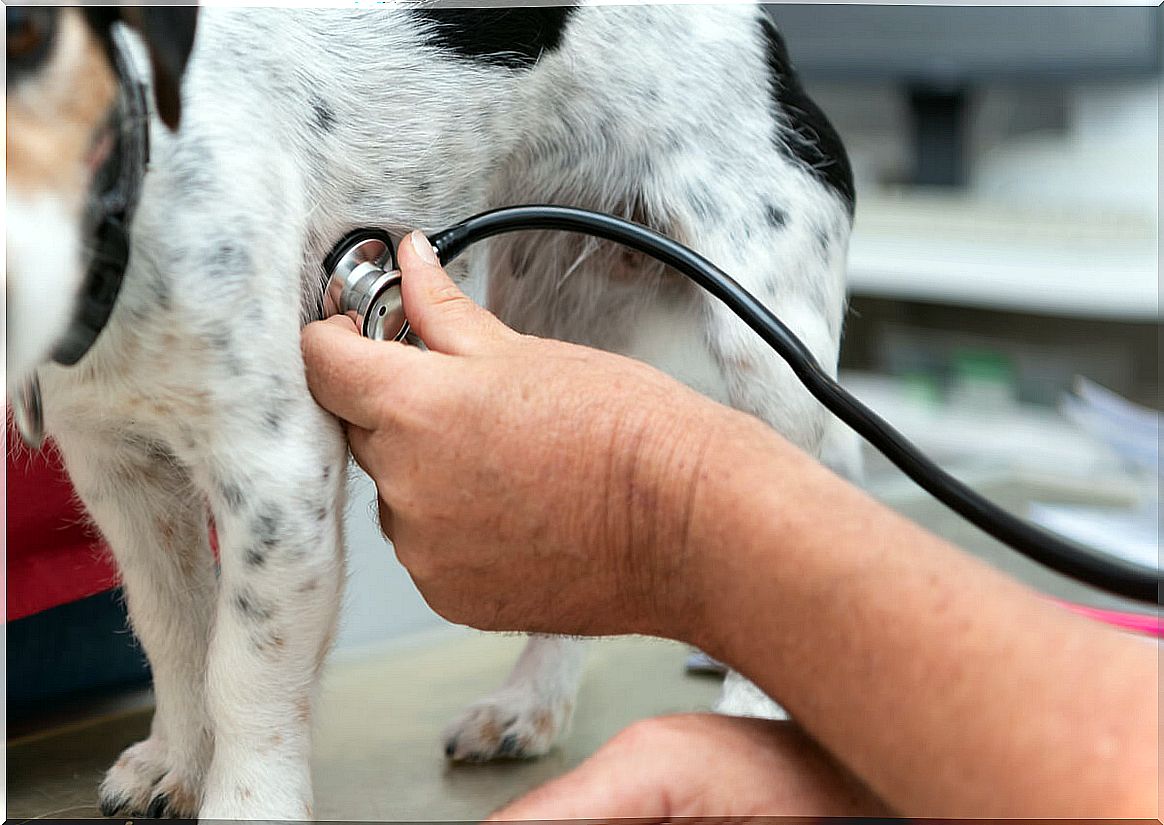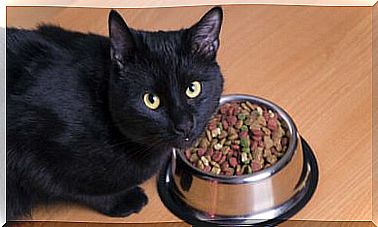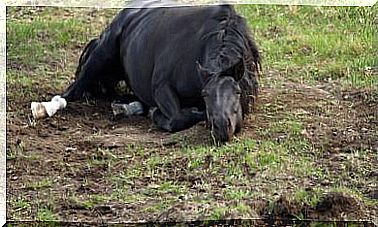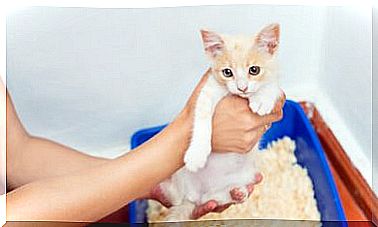Mitral Valve Prolapse In Dogs

As we all know, the heart is one of those classified as “vital organs”. It is not for less, since it is responsible for pumping blood throughout the body. Although this, a priori, may be trivial, oxygen and the much-needed nutrients flow in this blood. There are pathologies such as mitral valve prolapse that disrupt this balance.
Thanks to the blood that pumps the heart, the cells are constantly fed, which gives them a correct functioning and fills them with energy. But sometimes this organ can have a functional problem and not pump as it should.
This is called heart disease, and one of the most common in dogs is mitral valve prolapse. If you want to know more about this pathology, keep reading.
Mitral valve prolapse
The heart, in mammals, is divided into four separate chambers. The two upper chambers are called atria, connected and separated from the lower chambers, called ventricles.
Between each atrium and ventricle there are valves that serve to allow or prevent, depending on the stage of contraction of the heart, the flow of blood. For us to understand each other, it is like a kind of door that only opens in one direction.
If we push in the right direction we can pass without problem. On the other hand, if we push in the opposite direction, we could not pass, because we would be red blood cells and the door is those valves. After this quick cardiology lesson, we are going to explain what mitral valve prolapse is.

Mitral valve prolapse consists of an alteration of the valve of the same name, that is, the one that connects the atrium with the left ventricle. This valve, which should close tightly and only allow blood flow in the correct direction (from atrium to ventricle) does not work, it closes poorly.
If we go back to the example of the door, let’s say that it would be left ajar, so the red blood cells can pass in the opposite direction to which they had to go.
Affected animals
It is a disease that affects both cats and dogs. Although it is more common among the former, it is still a frequent finding in different individuals of the canine species.
It has been proven that there is a certain racial predisposition, frequently affecting animals of the Great Dane, Alsatian Shepherd or Cavalier King Charles Spaniels breeds .
Special mention to the individuals of this last breed, since various studies have discovered that these specimens suffer from the disease in a particularly serious and early way.
Symptom observable by owner
In mild cases there are no symptoms of any kind. On many occasions, this pathology is a chance finding on the part of the veterinarian in the routine examination. We take this point to remind us of the importance of regular pet check-ups, since the sooner the problem is detected, the easier the solution will be.
In animals with mild or moderate symptoms, the symptoms are those related to the cardiovascular system. Some are as follows:
- Dyspnea – shortness of breath, labored and costly breathing. We can notice how the dog makes abnormal noises during the respiratory cycle and even observe strange movements of the thoracic cavity.
- Exercise intolerance: animals that tire easily, especially in hot months. If we usually follow the same walking routine and notice that the dog is more fatigued than before, it may be an indication of mitral valve prolapse.

Mitral Valve Prolapse Treatment and Considerations
After the correct diagnosis, the veterinarian will prescribe the corresponding treatment. However, surgical intervention is anecdotal and rare. Due to the complexity and high cost of surgery, most treatments are pharmacological.
Depending on the degree of development of the disease, the prognosis is from good to unfavorable. However, it should be noted that it is an incurable and progressive disease, so the treatment is only palliative and is aimed at improving and prolonging the quality of life of the animal, never to cure it.
The owner of an animal with mitral valve prolapse should exercise extreme caution with their pet, avoiding long and strenuous walks, and as far as possible , walks in hot hours of the day.
Another important point is the periodic review by the veterinarian, who will examine and review the response to treatment in case it is necessary to readjust it.









